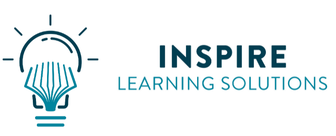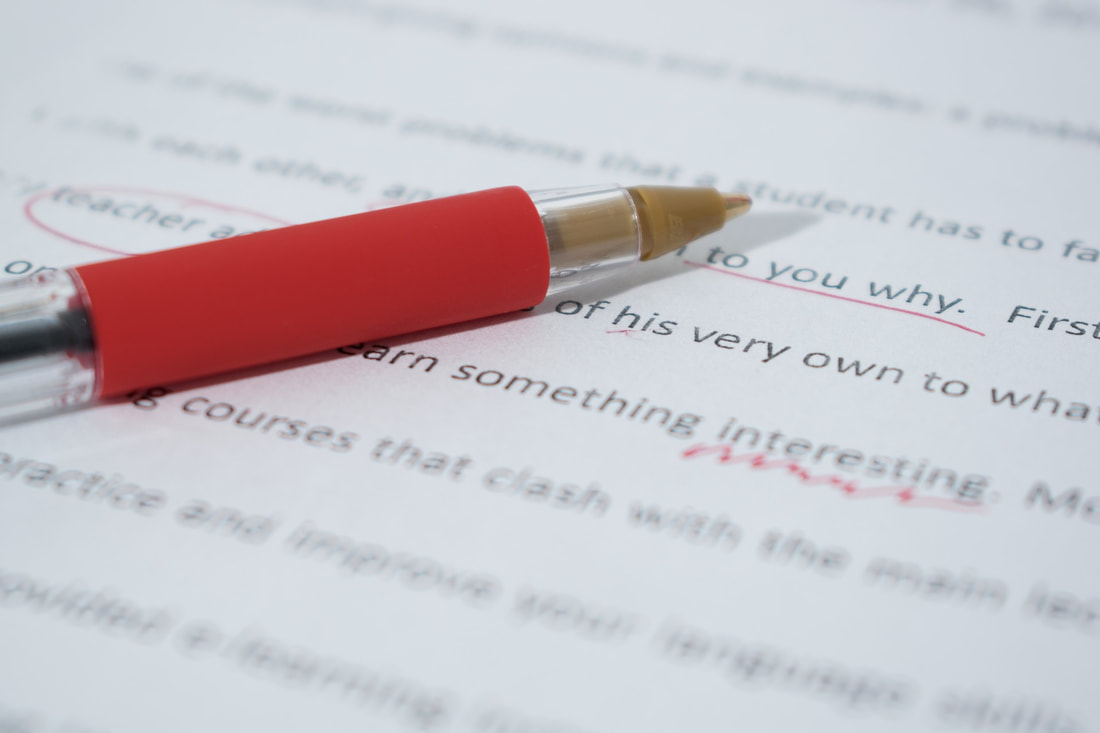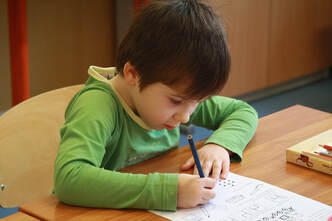|
Most dyslexics will exhibit about 10 of the following traits and behaviors. These characteristics can vary from day-to-day or minute-to-minute. The most consistent thing about dyslexics is their inconsistency.
For a printer-friendly characteristics check-list, click here
© 1992 by Ronald D. Davis; Used with Permission General
Vision, Reading, and Spelling
Hearing and Speech
|
If you or your child displays any of these common symptoms and you would like to confirm if it could be Dyslexia, click the link below:
It is never too late to find help for Dyslexia! If you are an adult and have wondered if you are dyslexic, see an adult-specific checklist below:
|
|
Writing and Motor Skills
|
|
Math and Time Management
|
Memory and Cognition
- Excellent long-term memory for experiences, locations, and faces.
- Poor memory for sequences, facts and information that has not been experienced.
- Thinks primarily with images and feeling, not sounds or words (little internal dialogue).
|
Behavior, Health, Development and Personality
|






